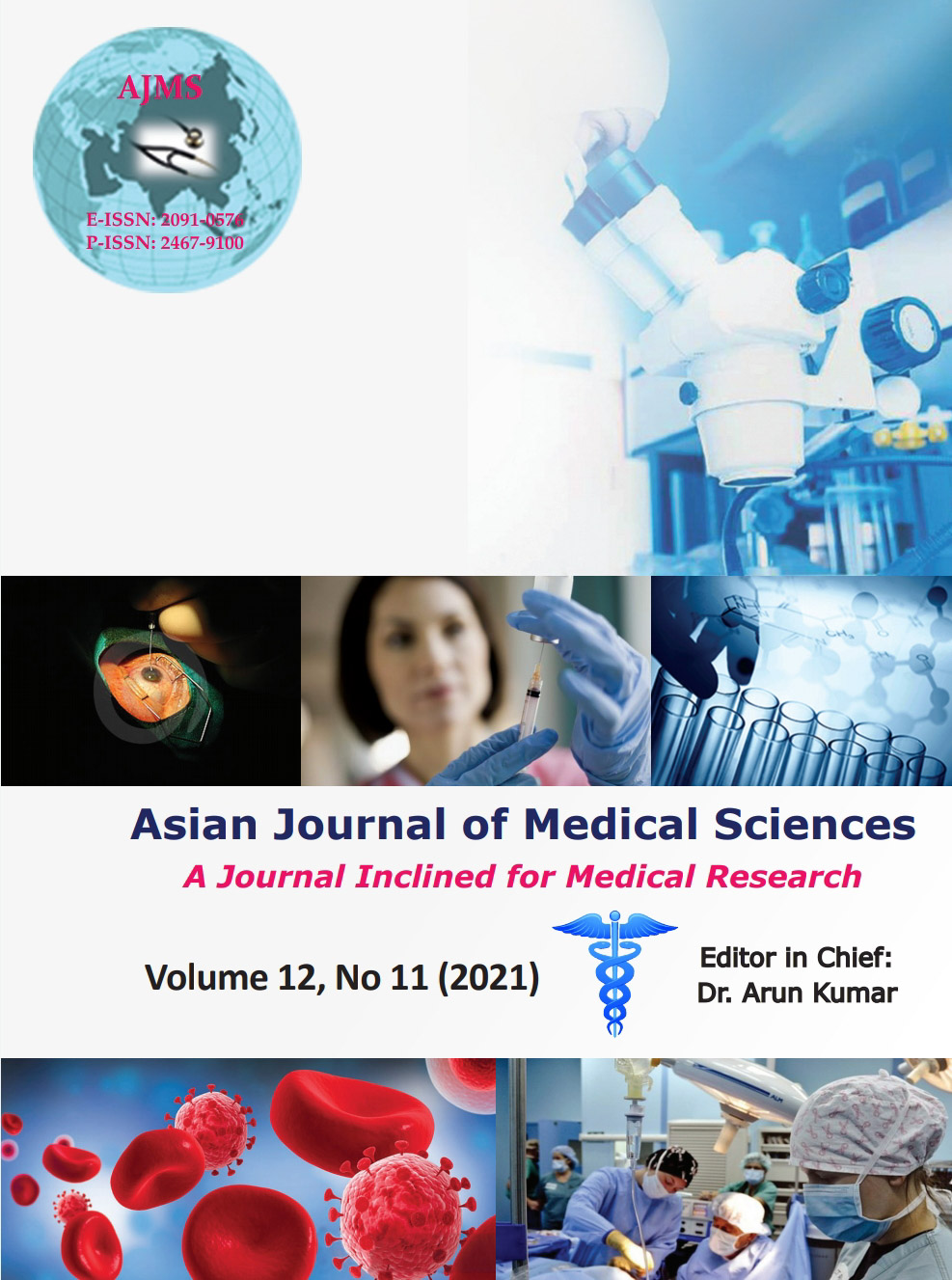Spatial transcriptomics: Gene expression in space, time and numbers
Keywords:
Spatial Transcriptomics, Gene Expression in SpaceAbstract
Eukaryotic gene expression is an array of complex processes that must fine-tune with cellular needs to maintain homeostasis, yet flexible enough to respond to external cues and signals. Transcriptomics is the average output of cellular gene expression wherein messenger RNA copy the information inscribed in the DNA to instruct protein synthesis by the cellular ribosomes in the cytoplasm. So far, the knowledge gained from the transcriptomic-based studies was similar to the Heisenberg uncertainty dilemma. Information about these transcripts could be quantitated with utmost accuracy at the cost of losing information about their cellular spatial coordinates. In other words, we may quantitate the transcripts by PCR or the modern-day next-generation sequencing but cannot comment on where these transcripts originated or are located in the cells/tissues. Suppose we, however, accurately try to localize these transcripts using in-situ hybridization-like techniques; in that case, we are uncertain about its actual copy numbers due to the semi-quantitative nature of these methods. Its genuinely a Heisenbergian tradeoff that baffled the biologist for a long time until now; an innovative solution seems to be in place. Spatial transcriptomics (ST) is the perfect marriage between localization and quantitation without compromising either. It is a method that allows simultaneous visualization and quantitative analysis of the transcriptome by performing histological sections on glass slides incubated with oligonucleotides containing positional barcodes to generate high-quality cDNA libraries, which may be used for quantitation by RNA-sequencing. Increasingly, the scientific community seems to realize this technology’s full potential, as evidenced by the sheer number of publications in the past 2 years. This technology is the first of its kind to provide an unbiased whole transcriptome analysis with anatomical information from tissue sections where these transcripts are expressed. A time laspse serial longitudinal ST is powerful to identify the temporal transcript oscillations and decay at unprecedented accuracy. Cells of different types are spatially and structurally organized within the tissue matrix to perform their complex functions. Uncovering the complex spatial architecture of heterogenous tissue is crucial for our understanding of the disease’s pathology. Understanding the disease is the primary step towards its remedy, and ST is a powerful tool to address this with precision.
Downloads
Downloads
Published
How to Cite
Issue
Section
License
Copyright (c) 2021 Asian Journal of Medical Sciences

This work is licensed under a Creative Commons Attribution-NonCommercial 4.0 International License.
Authors who publish with this journal agree to the following terms:
- The journal holds copyright and publishes the work under a Creative Commons CC-BY-NC license that permits use, distribution and reprduction in any medium, provided the original work is properly cited and is not used for commercial purposes. The journal should be recognised as the original publisher of this work.
- Authors are able to enter into separate, additional contractual arrangements for the non-exclusive distribution of the journal's published version of the work (e.g., post it to an institutional repository or publish it in a book), with an acknowledgement of its initial publication in this journal.
- Authors are permitted and encouraged to post their work online (e.g., in institutional repositories or on their website) prior to and during the submission process, as it can lead to productive exchanges, as well as earlier and greater citation of published work (See The Effect of Open Access).




